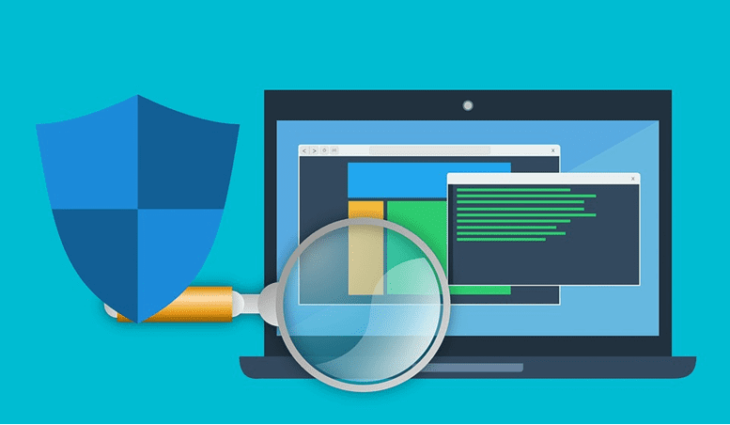Maintaining privacy and keeping the data secure is inevitable. Many of us give scant attention to keep our Mac safe from hackers.
Apple’s MacOS is privileged from a security standpoint, but its security is often overlooked. It is time that we start taking Mac security seriously!
There’s no doubt that macOS has remarkable third-party apps and host tools in system preferences which counter privacy breaches. With the rise of platform-agnostic threats, such as phishing scams, Mac users now have more reasons to lock-up their devices before going online.
A hacker can hack your mac device via email or if he/she has direct access to your mac. You must take these following steps to minimize the risk of getting hacked.
Contents
1. Surf it with Safari
Safari is a trusted graphical web browser which is developed by Apple.
The new safari update with iOS 12 provides:
– Stronger password suggestion.
– Powerful tracking prevention.
– Supports auto-fill from third party provider.
Safari prevents cross-site tracking and avoids access to Location tracking. A built-in password generator in safari reduces chances of phishing and protects you from fraud websites.
Files downloaded by using safari are screened by macOS which determine whether it contains executable files or not. You can later decide whether to run or cancel the program.
2. Tuning the Security and Privacy Settings
Make sure the setting for privacy and security are watertight for your Mac.
Here’s how you can do it.
- Open system preferences from the Apple menu on the top left.
- Click Security and Privacy.
- To change settings for General, FileVault and Privacy click the padlock at the bottom of the screen and type in your credentials.
Let’s look into more methods to secure your Mac below.
3. Avoid Downloading Software You Don’t Trust
Some apps use erratic promotional behavior, and some are malicious in nature. Such software products dig out personal information, even your bank details. To stay safe from such apps, it is highly recommended you not download them without verifying them with app reviews on different platforms.
Instead, ask your IT staff to look into the software and test it on individual system and then recommend further.
Some apps may include “special offers” and “security solutions,” these options later haunt especially if you have one installed already with the same kind of features, this can also result into a Mac crash or memory leakage. It is better to read the app description and then download it.
Remember, malware is the pest of the internet; few things including malware should be avoided at all cost.
4. Antivirus: A Blessing in Disguise
In this digital age where hacking is now a well-grown business, the antivirus is a blessing in disguise. Everyone should use an anti-malware solution not only because it protects backups and blocks adware but also because it delivers a secure online shopping experience.

Mac usually doesn’t have an antivirus preinstalled in them; this is why they are least targeted. Mac has a robust defense mechanism which protects it from any potential malware. If you have your client’s information and other details that are critically important, then you should go with the best antivirus in town.
5. Check Safari Privacy Settings
Mac’s browser Safari offers several settings to ensure privacy.
First, new private window (shift+command+N), this will allow you to visit the website without leaving traces of you behind.
Second, Clear History in safari menu which if clicked periodically will delete cache data and cookies from the sites you visited and will remove them from the history.
In Safari preferences, the privacy section prevents website to track you, and it can control which site can store cookies on your Mac.
6. (Bonus) Keep An Eye on Mac Updates
Software updates shouldn’t be overlooked at all. You never know when Apple rolls out a newer update which makes your OS safer from a hacker.
Conclusion
You have undoubtedly heard stories of high profile data breaches, follow the steps mentioned above and keep your Mac safe before another breach takes place.
